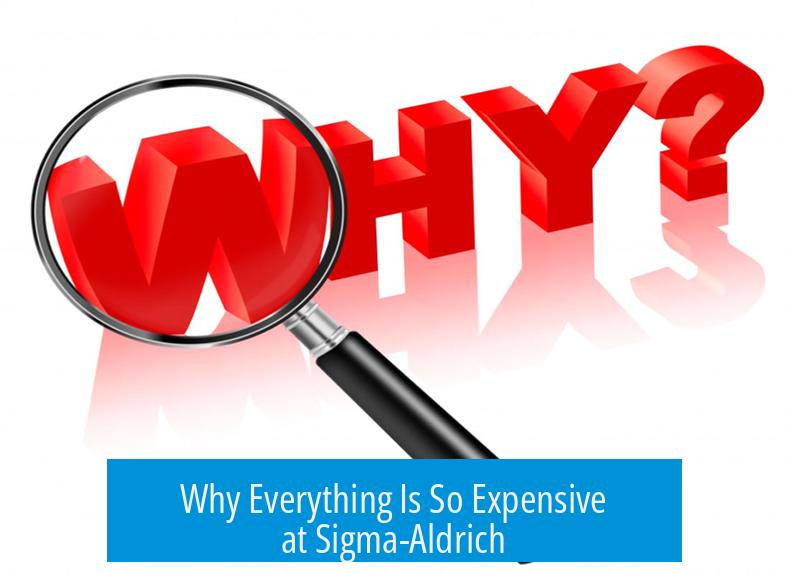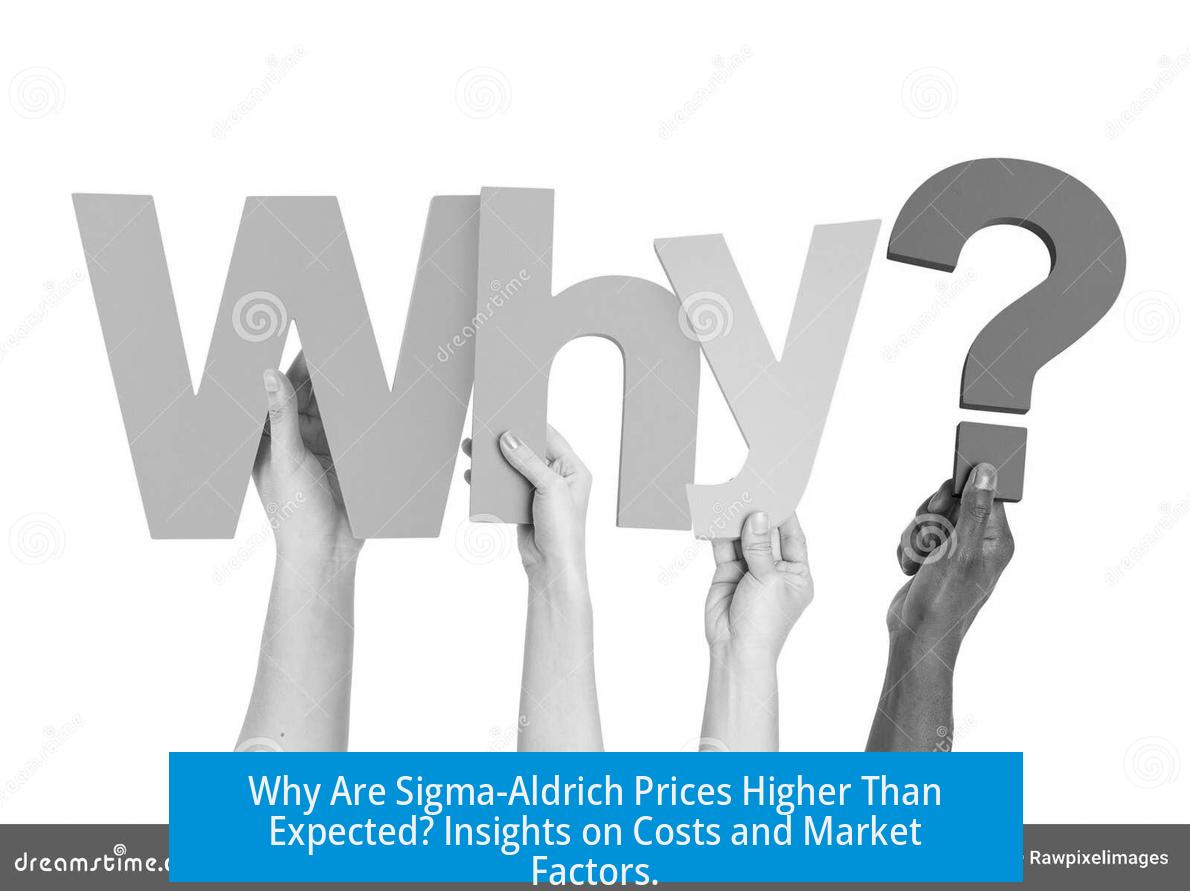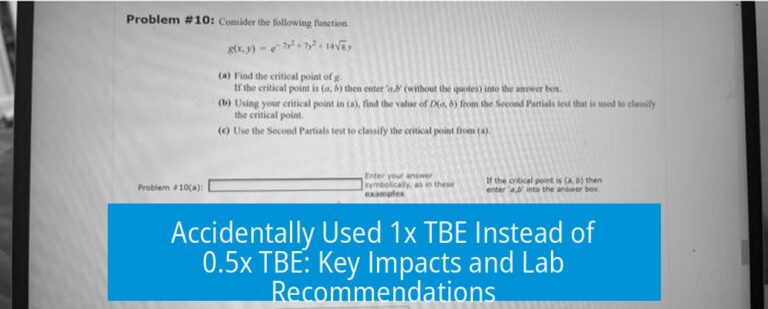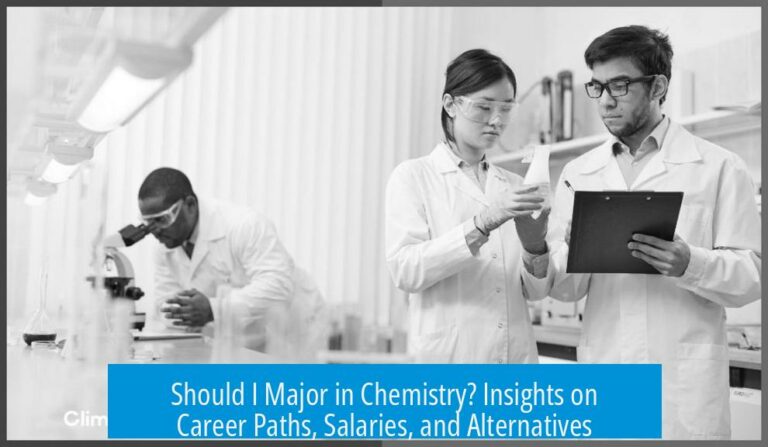Why Everything Is So Expensive at Sigma-Aldrich?

Sigma-Aldrich’s pricing appears high because of factors like quality assurance, inventory costs, institutional discounts, and market strategy. However, the expense varies widely depending on buyer relationships, chemical demand, and competition.
Pricing Variability and Market Factors
Prices depend on the specific chemical. For about half of the fine chemicals, Sigma-Aldrich is competitive or even cheaper compared to others. Some chemicals are rare, with low demand, leading to higher markups.
- Pricing chemicals operates like a dark market.
- Costs vary based on your institution’s negotiations and volume.
- Uncommon chemicals often have higher price tags.
Quality Assurance and Assaying Costs
Part of the higher price covers rigorous quality control. Sigma-Aldrich guarantees purity and assays products before shipping. This adds value for researchers needing consistent, reliable reagents.
Institutional Discounts and Buyer Relationships

Prices also depend on the discounts your institution secures. Universities or departments with strong vendor ties may receive 30-50% off, making prices more reasonable. Delivery speed and service quality influence supplier choice.
- Discounts vary widely by institution and negotiation.
- Established relationships often yield better pricing and faster delivery.
Inventory Costs and Market Position
Sigma-Aldrich maintains a vast inventory, keeping rare chemicals available on demand. This requires substantial capital. Their strong brand reassures researchers about reagent quality. Generally, chemists prefer Sigma-Aldrich products to avoid purity issues.
- Inventory management inflates overhead costs.
- Brand reputation supports premium pricing.
- Researchers prefer Sigma-Aldrich for publication credibility.
Market Pricing Strategy and Competition
The company sets prices because the market allows it. Alternative suppliers often offer lower prices for comparable chemicals. Tools like Lab Spend help buyers compare prices across many vendors effectively.
Buyer Behavior and Alternatives

Many labs buy chemicals exclusively from Sigma-Aldrich for quality but source other materials elsewhere. If prices are a problem, alternatives exist through other suppliers or in-house preparation.
- Only chemicals typically come from Sigma-Aldrich.
- Other lab materials often sourced from cheaper vendors or handmade.
- Buyers can choose based on quality needs and budget.
Key Takeaways
- Pricing is chemical-specific and influenced by demand and institutional discounts.
- Rigorous quality control and brand reliability justify some price premiums.
- Maintenance of large inventories adds cost but ensures availability.
- Free market dynamics allow Sigma-Aldrich to set higher prices.
- Alternatives exist; savvy buyers compare vendors and negotiate discounts.
Why Everything Is So Expensive at Sigma-Aldrich?
If you’ve ever gasped at a Sigma-Aldrich chemical price tag, you’re not alone. The truth is, everything is expensive there because Sigma-Aldrich provides unmatched quality, reliable inventory, and extensive quality assurance—but that premium comes with a premium price. Let’s explore why: it’s not just about charging high prices for the fun of it.
Sigma-Aldrich isn’t your typical corner store for chemicals. This giant in the scientific supply world balances many factors behind that steep cost. From quality assurance to complicated pricing setups, there’s quite a tale behind each bottle’s price.
Pricing Variability and Market Factors: Not All Chemicals Are Created Equal

First and foremost, pricing drastically depends on the chemical itself. Here’s a shocker—about **50%** of fine chemicals you order from Sigma-Aldrich might actually be the cheapest or just slightly more expensive than alternatives. That means the sticker shock isn’t universal.
However, other chemicals can carry enormous markups, especially those rare or low-demand compounds. It’s a dark market, almost like pricing chemicals involves some secret alchemy. If a chemical only sells a bottle every few years, don’t be surprised it costs more—maintaining inventory for rare items carries its own costs.
Think about it from their perspective: why keep something on the shelf that moves so slowly yet maintain pristine quality and ready availability? Those inventory costs (storage, conditions, insurance) add up and get passed on to buyers.
Quality Assurance and Assaying: Paying for Peace of Mind
When you grab a bottle labeled “Sigma-Aldrich,” you’re not just paying for the chemical. You’re paying for guaranteed quality. They assay each batch meticulously to ensure purity and consistency.
Imagine how costly it gets to test chemicals repeatedly. Those assay costs build in because researchers cannot afford impurities ruining experiments. So yes, that price includes stringent quality tests, and that makes a difference in scientific outcomes.
Institutional Discounts and Buyer Relationships: Your Mileage May Vary
Another layer to the pricing puzzle is your institution’s deal with Sigma-Aldrich. Discounts vary widely. As a grad student, one might get a “lights out” discount making Sigma highly affordable. At some places, discounts of 30%-50% are common, which brings the price down near reasonable.
But what about those labs without bulk deals? They pay full list price, which can feel like highway robbery. On top of that, longstanding relationships with alternate suppliers such as Fisher can swing the cost scales significantly. So, never forget: shopping around and building vendor relationships are essential.
Inventory Costs and Market Position: The Trusted Name Means Premium Pricing

Consider Sigma-Aldrich’s market power. They hold vast inventories to ensure availability, especially critical for scientific work that can’t afford delays. If you write a paper and list Sigma-Aldrich as the source of your reagents, your peers nod in approval.
They are the “go-to” trusted source. Most researchers prefer paying a premium because the assurance of purity and fast delivery eases worries about failed experiments.
Many customers don’t closely monitor chemical purity themselves, opting to trust Sigma-Aldrich’s reputation instead. This marketing edge allows a price premium.
Market Pricing Strategy: They Charge Because They Can
At its core, Sigma-Aldrich operates in a free market. If customers were happy paying full list price, they would. But here’s the kicker—if you’re blindly paying list price from Sigma, you might be wasting money.
Luckily, alternatives exist. There’s even Lab Spend, a free website that compares prices for 100+ chemical companies in the USA. Using such tools can unearth cheaper options with comparable quality.
Buyer Behavior and Alternatives: You Always Have a Choice
Interestingly, many labs buy only their chemicals from Sigma and source other supplies elsewhere or have custom work done in-house (like glassblowing). That’s wise because plenty of items are available cheaper or more conveniently from other suppliers.
If Sigma-Aldrich’s prices seem too steep, don’t buy impulsively. Shop alternatives, negotiate institutional discounts, or rely on custom solutions if feasible. Pricing varies hugely by what you need and your buying power.
So, What’s the Bottom Line?
Sigma-Aldrich’s pricing reflects complex factors: extensive inventory maintenance costs, quality assurance testing, trusted brand value, and variable institutional discounts. The inherent rarity or demand of a chemical also affects this. It’s not just about gouging customers but making sure labs get reliable, pure, and available chemicals on tight deadlines.
Still, savvy buyers can cut costs through discounts, alternate vendors, or online price comparison tools. Ask yourself: Are you paying for pure quality? Is there a better deal elsewhere? Most researchers eventually learn to walk the fine line between trust and thrift in chemical procurement.
In a world where cutting corners risks months of lost research time, many choose to spend a little more upfront. The high price at Sigma-Aldrich pays for guarantee, speed, and peace of mind—something priceless in the lab.
Why are some chemicals more expensive at Sigma-Aldrich compared to other suppliers?
Sigma-Aldrich often maintains large inventories and guarantees chemical quality with thorough testing. This raises costs, especially for rare chemicals with low demand. Pricing also varies by institution and discount agreements.
Does institutional discount affect prices at Sigma-Aldrich?
Yes, pricing heavily depends on your institution’s discount. Some labs get 30-50% off, making prices more reasonable. Without discounts, Sigma-Aldrich prices can appear higher than competitors.
Why does Sigma-Aldrich charge high prices for chemicals that seem easy to produce?
Chemicals that are easy to produce may have big markups if demand is low. The cost covers inventory, quality assurance, and market positioning as a trusted supplier.
Is it possible to find cheaper alternatives to Sigma-Aldrich chemicals?
Yes. Many labs purchase non-chemical items elsewhere or use specialized services. Websites like Lab Spend help compare prices among 100+ suppliers to find better deals.
Why do researchers prefer Sigma-Aldrich chemicals despite the price?
Sigma-Aldrich is trusted for product quality and reliability. Researchers often cite their reagents in papers to ensure credibility and reproducibility, which justifies the premium cost.





Leave a Comment